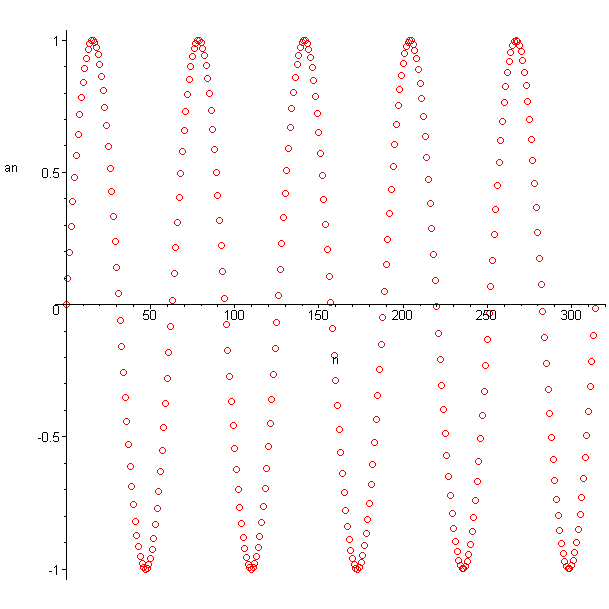

Step 3: Finally, the Nth root of the given number will be displayed in the output field. Use the dropdown menu to choose the sequence you require Insert the n-th term value of the sequence (first or any other) Insert common difference / common.
#NTH TERM EQUATION MAKER HOW TO#
One problem looks like this: Find the nth term of 6, 25, 56, 99, 154 We have NO idea on how to start. Is there a formula for finding the nth term in a sequence My oldest daughter, BA degree, and myself have tried to figure out the nth term. Step 2: Now click the button Simplify to get the root value. I am trying to help my daughter in her Geometry I class. In the end, you get #color(red)(a_n = 6 * 2^(n-1))# or #color(red)(a_n = 6 * (-2)^(n-1))#. This online Arithmetic Sequence Calculator aka nth term calculator is used to find the value of the nth term in an arithmetic progression. The procedure to use the Nth Root calculator is as follows: Step 1: Enter the N value and the number which we want to find the root in the input field. So the three terms are either #24, 48, 96#, meaning that #r = 48/24 = 2#, or the terms are #24, -48, 96#, meaning that #r=-48/24 = -2#.Īfter you find #r#, you can find #a_1# the same way we did above. Alternatively, you should be able to do something with n (mod3) to formulate the sequence of 1, 0, 0, 1, 0, 0. => a_4 = +-sqrt(24 * 96) = +-sqrt2304 = +-48# If you know about complex variables and the three (complex) roots of unity, you can finish up with a finite sum of some geometric series, to get a fairly nice formula for the nth term of your original sequence. To find #a_4#, we can simply calculate the geometric mean. Named after French mathematician Jacques Philippe Marie Binet, Binets formula defines the equation to calculate the nth term in the Fibonacci sequence without. We are given #a_3# and #a_5#, so we can easily find out #a_4# in order to get the value of #r#. The common ratio is #-2#, so start with #6# and multiply each term by #-2 => 6, -12, 24, -48, 96# The common ratio is #2#, so start with #6# and multiply each term by #2 => 6, 12, 24, 48, 96#

To verify if these are correct, you can write out the first few terms and see if they match the information given in the problem. Using the first equation, #color(blue)(24 = a_1 * r^2)#, we get Now that we have the value of #r#, we can find the value of #a_1#. Conversely, it is possible to find a rule such that any number of your choice can be the next one. The sequence is 2,5,10,17 The question is which equation represents the rule for finding the nth term for this sequence. #96=24/r^2 * r^4#-># substitute the value of #a_1# into the second equation What is the nth term of 8 13 18 23 According to Wittgensteins Finite Rule Paradox every finite sequence of numbers can be a described in infinitely many ways and so can be continued any of these ways - some simple, some complicated but all equally valid. From Rachel: I am trying to help my son get ready for our Aims test and I am not much help. Now we can solve the system of equations: Since we are given #a_3 = 24# and #a_5 = 96#, we can substitute them into the formula. I'm going to explain how to do this problem two ways. An any nth term in the given sequence A1 it represents the first term in the given sequenced it is the common difference that exists among terms An arithmetic sequence equation can be simplified and found by using this formula. Also describes approaches to solving problems based on Geometric Sequences and Series. Formulas for calculating the Nth term, the sum of the first N terms, and the sum of an infinite number of terms are derived. \documentclass ĭifferent classes of mathematical symbols are characterized by different formatting (for example, variables are italicized, but operators are not) and different spacing.The general formula for a geometric sequence is #a_n = a_1 * r^(n-1)#, where #a_n# is the #n^(th)# term, #a_1# is the first term, and #r# is the common ratio. How to recognize, create, and describe a geometric sequence (also called a geometric progression) using closed and recursive definitions.


 0 kommentar(er)
0 kommentar(er)
